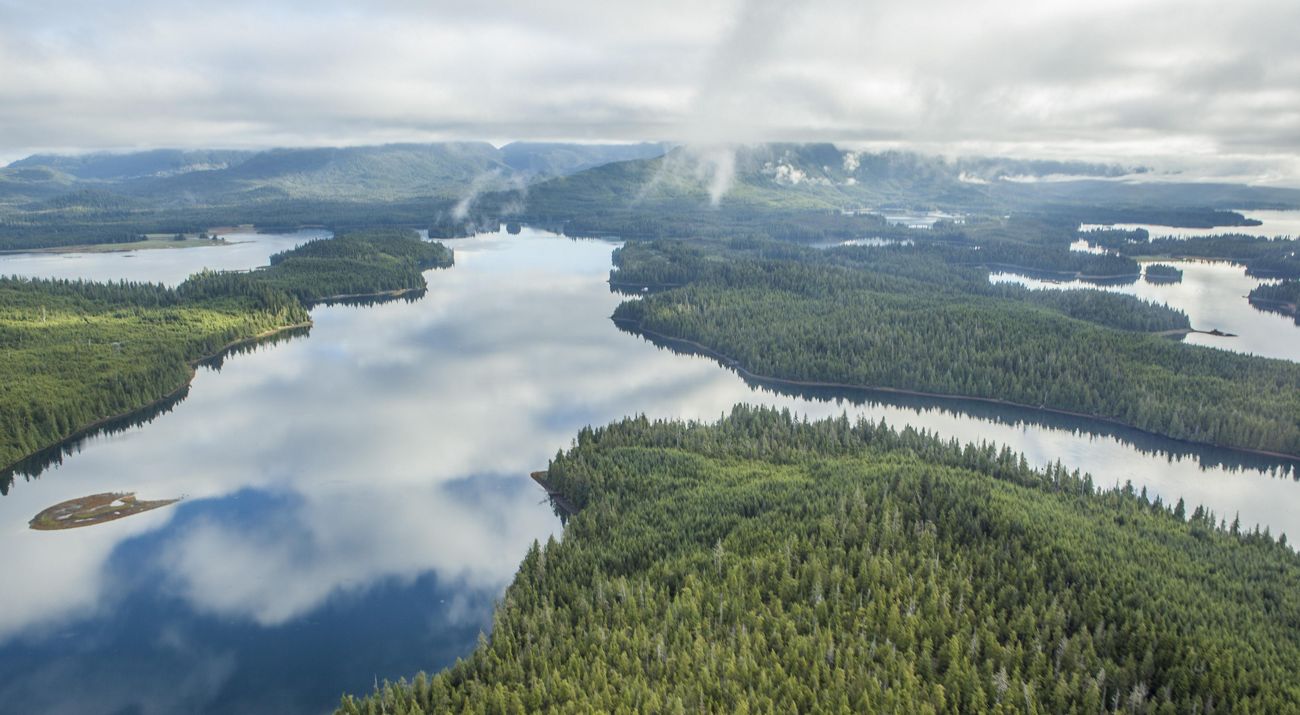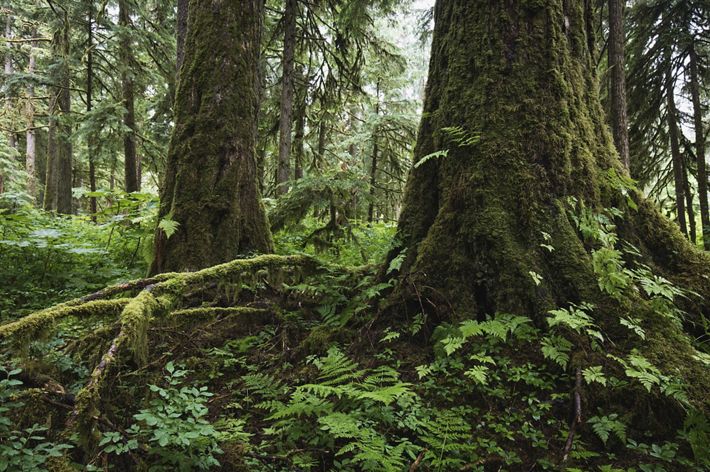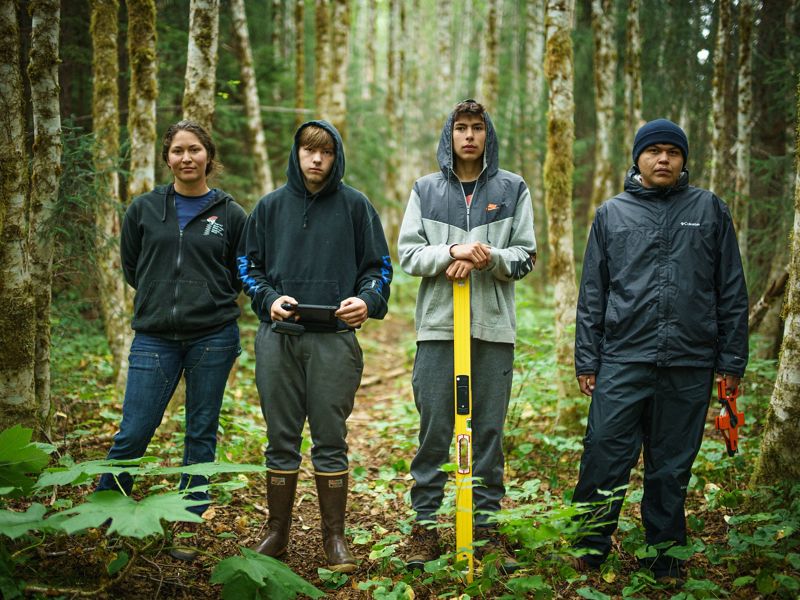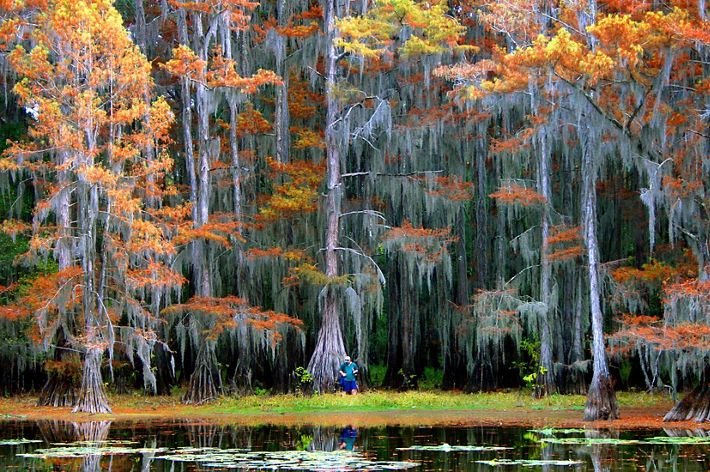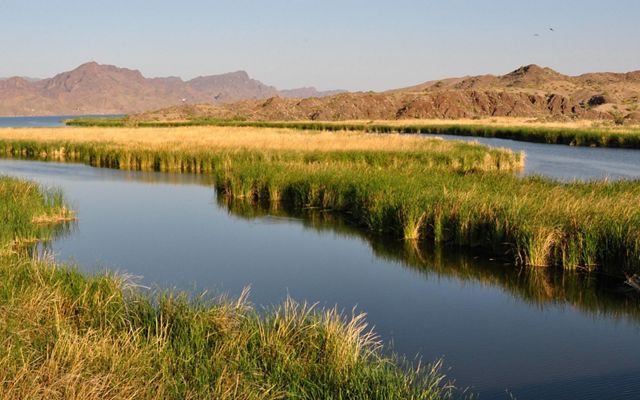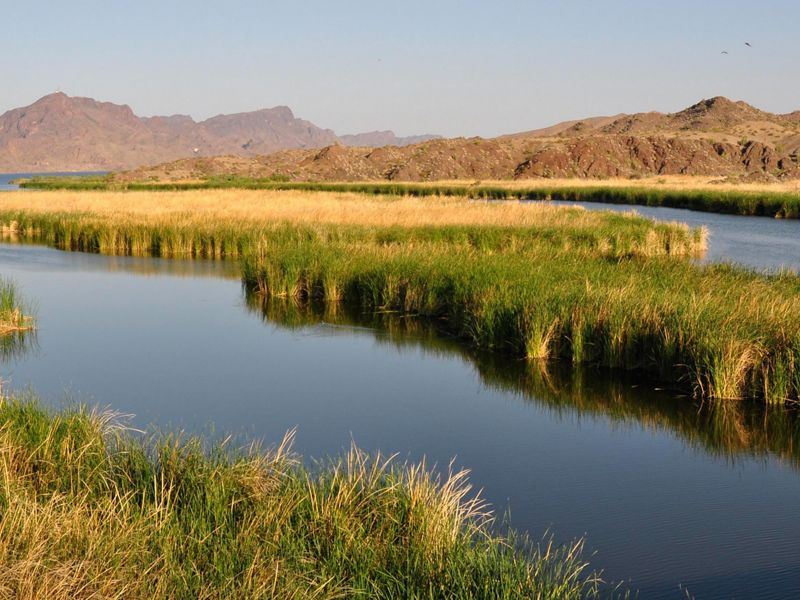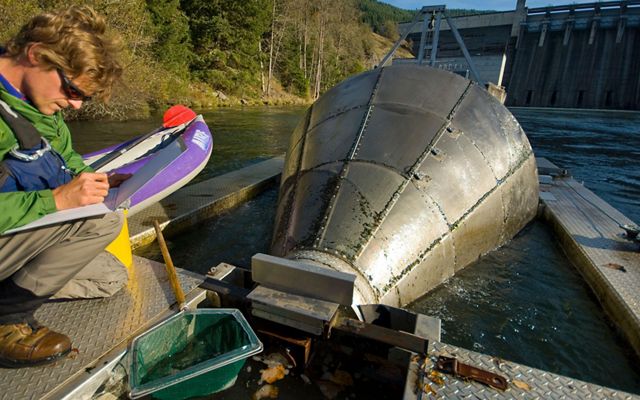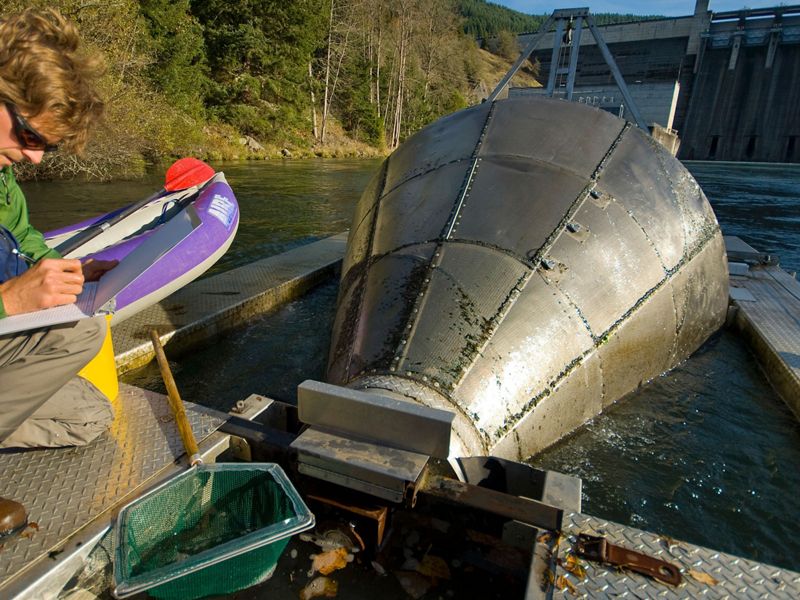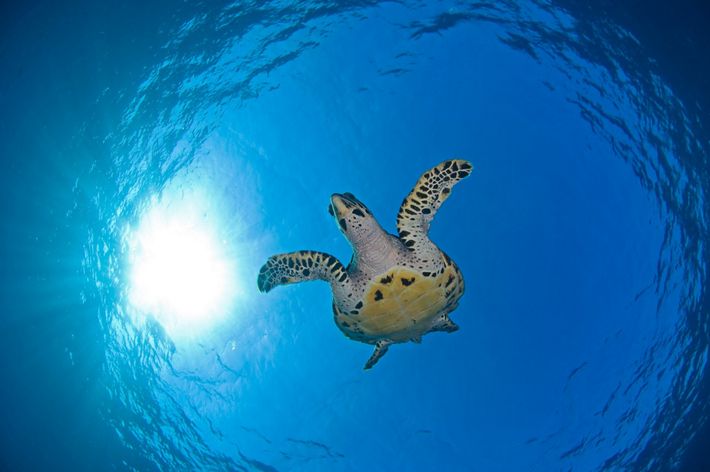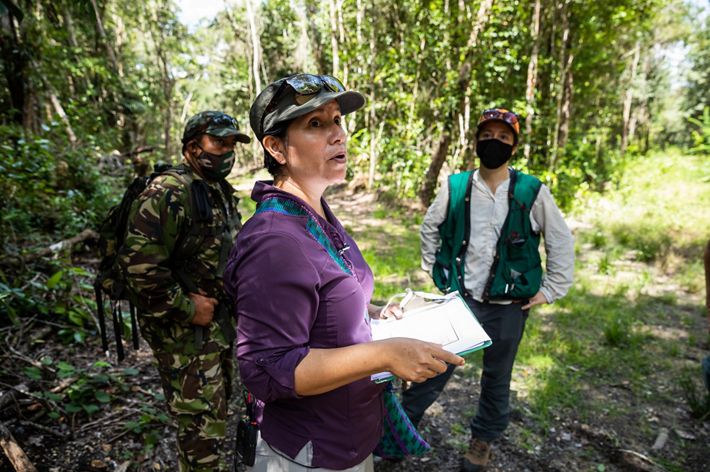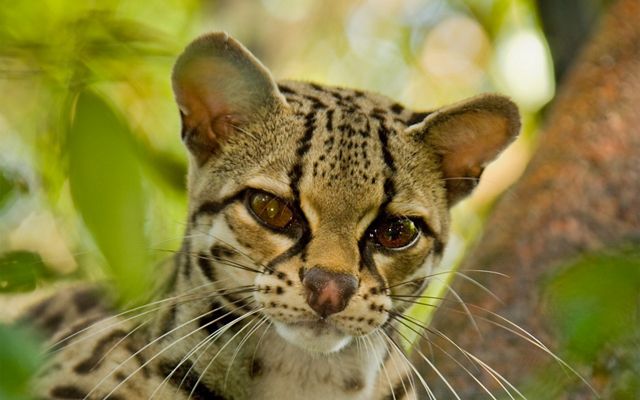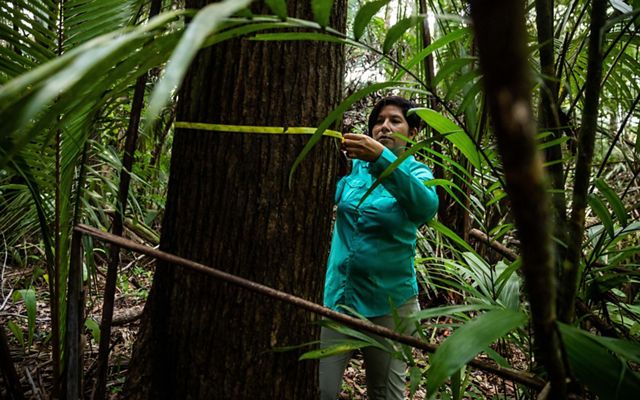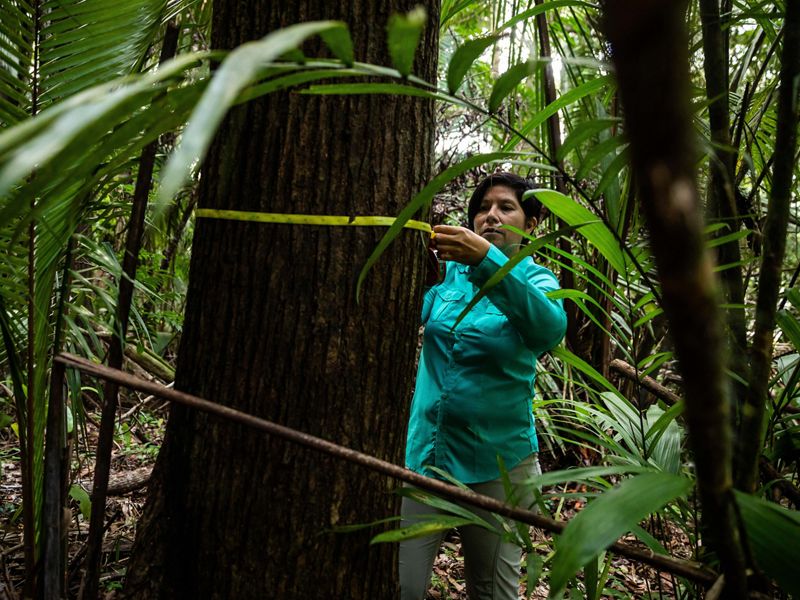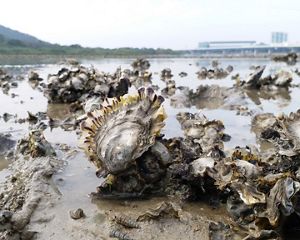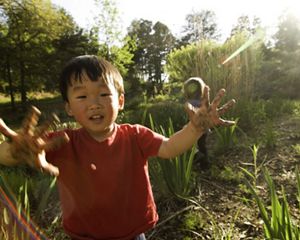5 Conservation Projects Focused on Long-Term Success
To protect nature through the ages, creativity and local champions go a long way.
Climate change and a drop in the world's biodiversity make it essential that we conserve more of nature faster than ever.
And so we’re speeding up our work. But sometimes to go faster, we must also go slowly (or at least deliberately). We need to ensure that our conservation efforts not only protect nature now but keep it protected throughout the years.
Enduring conservation is an active process that involves elements like:
So how do these elements come together, and what does lasting conservation really look like?
Here are 5 projects where we’re finding the people and paths to make conservation last through the ages.
1 of 5
Breathing new life into the “Lungs of North America”
Centering the needs of Indigenous peoples is the key to securing the Tongass Forest's future.
Elements in this project:
Community, Partnership, Funding, Innovation
Southeast Alaska’s Tongass is the largest remaining coastal temperate rainforest on Earth. This lush landscape is called the “Lungs of North America” due to the massive amount of carbon it stores and the oxygen it produces.
For generations, the Tongass was the scene of tense conflict over old-growth timber cutting. Ancient forests were lost. Loggers and conservationists feuded, and both sides left out the voices of Indigenous peoples such as the Tlingit, Haida and Tsimshian.
12 years ago, with the scars still fresh, tribal governments, community groups, government agencies and TNC took a chance on an experimental partnership.
Harnessing the power of trust-building, the Sustainable Southeast Partnership has succeeded at developing sustainable economic solutions that support Indigenous stewardship and authority.
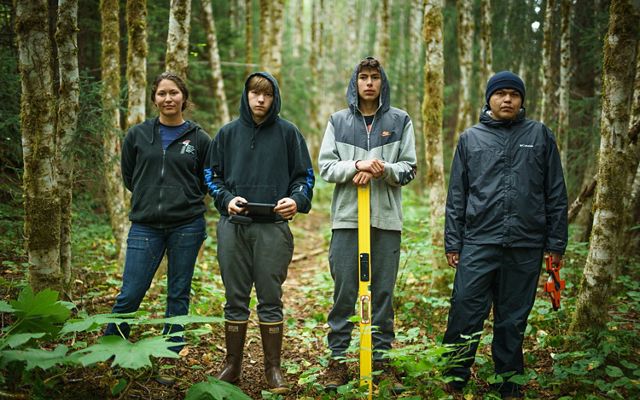
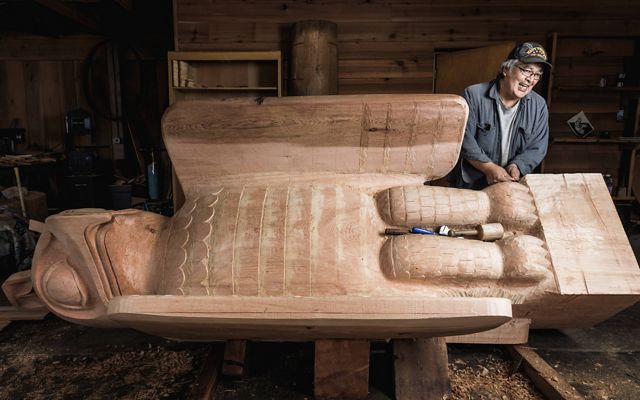
And now, the partnership can realize its vision across Southeast Alaska’s 22 million acres.
TNC and partners recently launched the Seacoast Trust, a fund to permanently support programs weaving Indigenous values into resource management, ecological revitalization, and economic development.
Seacoast Trust will fund efforts to restore salmon runs, bring forests back to health, establish forest carbon projects, increase local food sovereignty, and inspire Indigenous youth.
It’s the future of conservation, but the lesson is quite old: center efforts around the needs of communities who have long stewarded the land and the land will heal.
2 of 5
Raising coral superheroes
Think in-vitro fertilization, but with a lot more scuba diving.
Elements in this project:
Partnership, Science, Funding
Coral reefs aren’t just beautiful: they support roughly 25% of the ocean’s biodiversity and protect coastal communities from waves. In just three decades, 60% of the iconic coral reefs in the Caribbean have disappeared due to pollution, overfishing and climate change.
To give these reefs the best chance to survive and thrive, TNC is uniting some of the world’s best coral science to nurture a new generation of coral diversity.
And scientists are swimming in a sea of coral eggs and sperm to accomplish the mission.
It’s all part of TNC’s U.S. Virgin Islands Coral Innovation Hub, an international coral research center offering a powerful network to share and test techniques in the ocean and at a new land-based coral nursery.
Many coral species release their eggs and sperm only once or twice a year. The team checked nightly on elkhorn coral, and when the moment arrived, they collected enough to raise 750,000 coral embryos in protected nurseries.
By collecting across multiple colonies, the new coral have higher genetic diversity and a better chance of surviving warmer water or fighting off disease into the future.
When strong enough, these young corals can be planted back in the ocean in strategic locations where ocean currents can continue the natural genetic exchange between coral colonies.
3 of 5
Getting dams to go with the flow—for nature
More water at the right time goes a long way for freshwater ecosystems.
Elements in this project:
Science, Funding, Innovation
The United States built many large dams during the 20th century to generate power, provide drinking water and reduce flooding in downstream towns. Along the way, these structures have disrupted how water flows through countless freshwater ecosystems.
Seasonal patterns of high and low flows help trigger important events in the lifecycles of freshwater animals and plants. Losing these natural pulses can stop whole ecosystems from functioning.
Removing all these dams is not practical—there’d be too much damage to historic towns and population centers. The solution is to recreate Mother Nature within the limits of these dams.
A TNC science collaboration is helping the US Army Corps of Engineers write up the unique prescription of flows that individual rivers need and then rework dam operations to achieve them.
The partnership is not new—TNC and the Army Corps have worked together on rivers since 2002—but a new expansion is bringing a lot of momentum.
The program is already restoring over 5,000 miles of river (in places like Texas’s Caddo Lake and Arizona’s Bill Williams River) and new funding could soon more than double this range.
Efforts like these are critical because rivers and freshwater ecosystems are the most threatened habitat type on Earth. Here’s where the conservation impact could truly endure: the sustainable water operations could one day apply to the more than 600 dams the Army Corps operates, potentially restoring flows across 53,000 miles of US rivers.
4 of 5
Making a wave in sustainable tuna
We helped launch a tuna company. Wait, what?
Elements in this project:
Community, Science, Innovation
In the middle of the Pacific, the island nation of the Marshall Islands controls more than 750,000 square miles of ocean. Pacific Island nations have for many years leased tuna-fishing rights in their waters to large international fishing fleets, often with limited control over how sustainable the fleets' practices are.
Without safeguards in place, commercial tuna fishing can unintentionally catch sea turtles, sharks and juvenile tuna in their nets. Losing apex predators like sharks and long-distance grazers like sea turtles hurts marine ecosystems from deep water all the way to coastal dunes.
Ceasing tuna fishing was not an option–tuna is important to the Marshall Islands’ economy and culture.
The solution? A new business model that puts the Marshall Islands in control of every link in the supply chain of skipjack tuna caught in its territory.
TNC and the government of the Marshall Islands launched Pacific Island Tuna, a joint venture that helps ensure that tuna fleets haul in sustainable catches that also benefit local Pacific Island communities.
The partnership also directs long-term profits to climate resilience projects for low-lying communities. Hopefully, the model will grow to include other island nations as well.
5 of 5
Funding the future for a Central American rainforest
A forest teeming with wildlife is permanently protected. Thank the trees!
Elements in this project:
Partnership, Community, Science, Funding, Innovation
Snaking across Belize, Mexico and Guatemala, Selva Maya makes up the largest tropical rainforest in the Americas north of the Amazon. It's home to 400 species of birds, 200 tree species and Central America’s largest population of jaguars.
When a 236,000 acre section of rainforest in Belize recently went up for sale, TNC and partners stepped up to purchase it, protecting it from being cleared for large-scale farming.
Together with an adjacent protected area that TNC helped establish over 30 years ago, the purchase bolsters protection along an 11-million-acre corridor of Selva Maya.
But the effort to protect this forest is only beginning. Illegal logging and farming threaten rainforests around the globe, even protected ones.
To ensure long-term protection for the forest, TNC and partners helped launch a local group to 1) carefully manage the preserve and 2) build strong ties with neighboring communities.
Farmers whose lands buffer the park are already helping deter poaching and logging.
Continuous management of a place like this requires dedicated funding, and for that, we can thank the trees! TNC worked with the Belize government to support the sale of credits based on the forest’s ability to store carbon dioxide. So trees here will continue to fight climate change while helping fund their own protection.
We have a window of opportunity for our planet.
Learn about The Nature Conservancy's goals for 2030.
